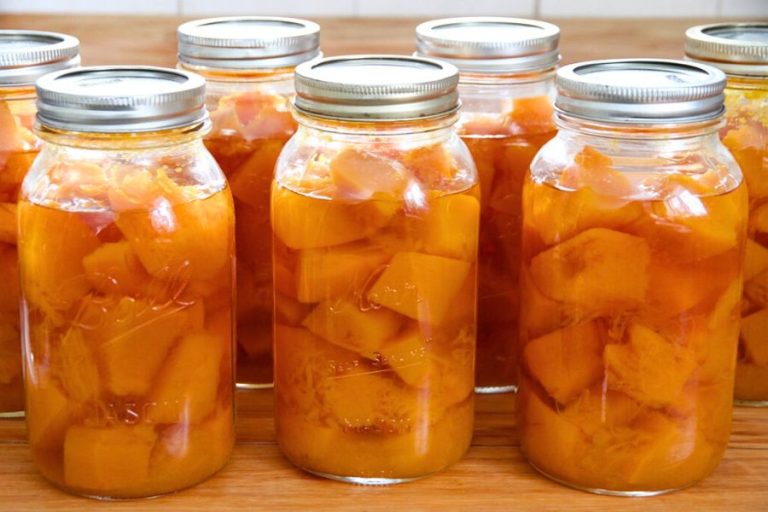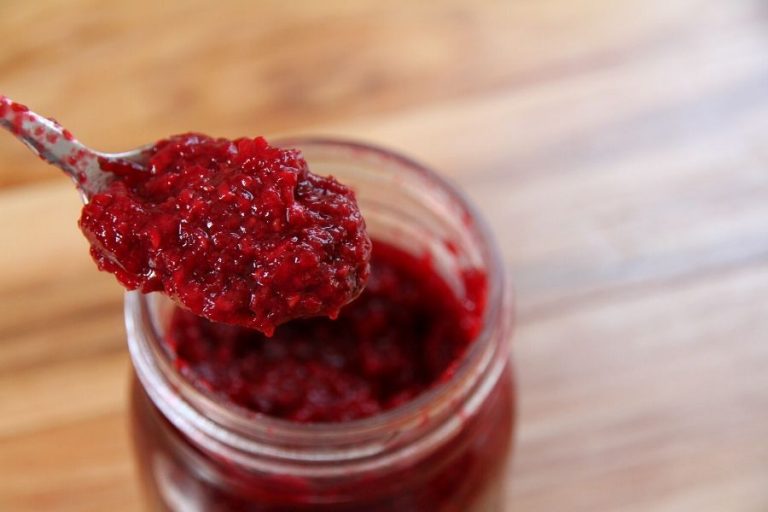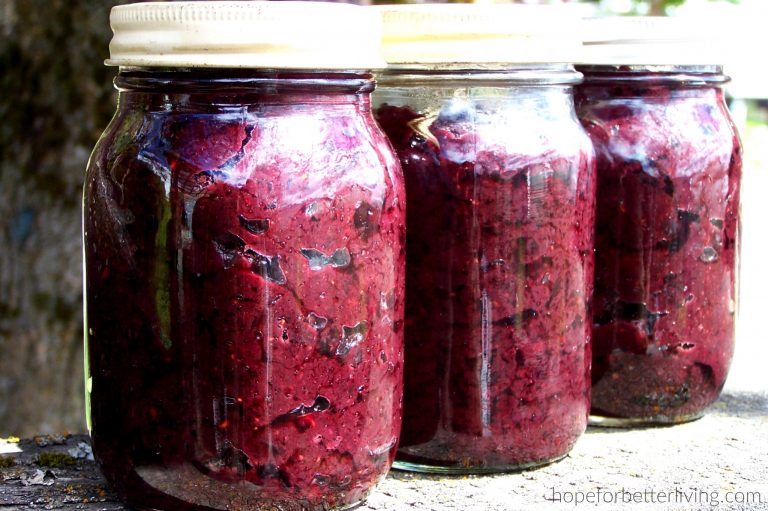Canning Stew Meat: A Simple Tutorial
For the real food cook, there's nothing so convenient as canned meat! Because it's shelf stable and pre-cooked, it makes food prepping easy! Simply open a jar and you've got meat ready to go for soups, tacos or stir fry. Here's a basic tutorial on pressure canning stew meat!
This post may contain affiliate links. If you purchase one of the items I recommend, I will make a small commission, at no extra cost to yourself. See my disclaimer page for more detail.
Necessary Equipment
When canning stew meat, you'll need to use a pressure canner. Similar to, yet different from a pressure cooker, its specifically designed for canning low-acid foods.
Your glass canning jars should be no larger than a quart (1 litre). Here, we use pints (500 ml). This size is well suited to most households! New canning lids and metal bands complete your jarring needs.
Apart from these two essentials, a rubber-lined lifter will keep your hands safe (affiliate link) as you remove blistering hot jars from the canner.
Preparing Your Meat
On average, expect about 1 lb of red meat to fill a 1 pint (500ml) jar. When canning in quarts, account for 2 lbs per jar. If you don't have a scale or are too lazy to use one, you can estimate. I usually do!
Your boneless red meat should be cut into bite-size pieces. One inch squares (roughly) are a good choice!
Raw Packing Your Jars
Ensure your jars and lids are clean. There's no need to preheat either!
When preserving in pints, 1/2 tsp of salt should be added to every jar. Double the amount for quarts (1 litre). If you like spiciness, go ahead and add a pinch of pepper or chili seeds.
Then, begin dropping 1 inch cubes into your jars! I say 'drop' because you don't want to pack the meat down. A loosely filled jar ensures that the canner's heat will be evenly distributed. It's an issue of safety, really!
Leave 1 inch of head space.
With a raw pack recipe, there's no need to add liquid. The meat will create it's own juices in the canning process!
Dampen a paper towel with vinegar and wipe the rim of each jar. This will remove any fat or blood. Add lids and tighten metal bands to finger tightness. Place them in your canner and seal it's heavy metal lid.
Follow Your Owner's Manual for Safe Processing
Your pressure canner should come with an owner's manual. Follow the pressure canning steps outlined for your specific model.
If perchance you don't have a manual, there should be a model number on the bottom of your canner. By using that number, you should be able to find an online version of what you need!
Processing Times
The processing times don't change, regardless of canner type or elevation! When pressure canning stew meat, pints must be processed for 75 minutes at full pounds of pressure. Quarts require 90 minutes.
Elevation and Pressure Adjustments
While processing times never change, your elevation determines how many pounds of pressure are required for safe canning. If you have a dial gauge pressure canner, you'll want to check the specifics of your elevation at the National Center of Home Food Preservation's website.
Elevation and pressure adjustments for the the weighted gauge pressure canner are as follows:
- 0-1,000 ft=10 lbs pressure
- 1,001 ft and beyond =15 lbs pressure
Canning Stew Meat: the Wrap Up
Once your jars have been safely processed, leave the pressure canner alone until the dial gauge falls to 0. Then and only then remove the lid. Using your nifty jar lifter, set the piping-hot jars to cool on a towel or rack.
After the jars have cooled, test each one for a seal. If some failed, they ought to be refrigerated immediately. The rest are now shelf stable and can be stored away in your pantry for quick and tasty meal prep!












If you normally flour and brown your meat beforehand when making stew, do you skip this step with canned meat?
You definitely can brown it (its call hot packing the meat when you put it I to jars partially cooked), but don't add flour. It isnt safe for home canning!
I would like to try canning elk stew meat. It is very lean, and has some sinew that sort of dissolves to a gelatinous broth when I slow cook it. I wonder if canning would work to dissolve the sinew?
Hi Valerie!
Elk meat pressure cans beautifully! Yes, lots of the sinews will disappear during pressure canning. You'll be left with a tender, delicious meat!
Is this a FDA approved method?
This recipe falls in line with directions and methodology given on the National Center of Home Food Presentation website, according to government testing.
Thank you so much. When adding salt, do you use table salt or Kosher Salt?
Most people use canning salt or sea salt! I don't use any type of iodinized salt in canning because it can make juices cloudy in the jar. If your kosher salt is iodine free, feel free to use it!
WHAT IS THE SHELF LIFE OF BOTTLED STEW MEAT
Properly pressure canned meat should be shelf stable for 1-2 years.
Can I put a slice of onion in the bottom of the jar before my roast meat ?
Yes, you can add onions or garlic for added flavor
Is it okay to add a tsp of beef bouillon to the bottom of the jar?
Hi Susan!
I've never looked into that one! But the meat itself will create a very strong broth if you just add the proper amount of salt!
Would canning any meat be the same as the stewing beef?
While the process is the same, times differ for various types of meat! You can find all the safety procedures at https://nchfp.uga.edu/how/can5_meat.html
Here, they'll give you processing times and lbs of pressure for the various types of meat!
I canned goose breast meat, and it turned out tender and delicious. I use the canned goose for soups, tacos, and spreads. All my friends love it!
Oh, that sounds delicious! I love having home canned meat on hand. 🙂